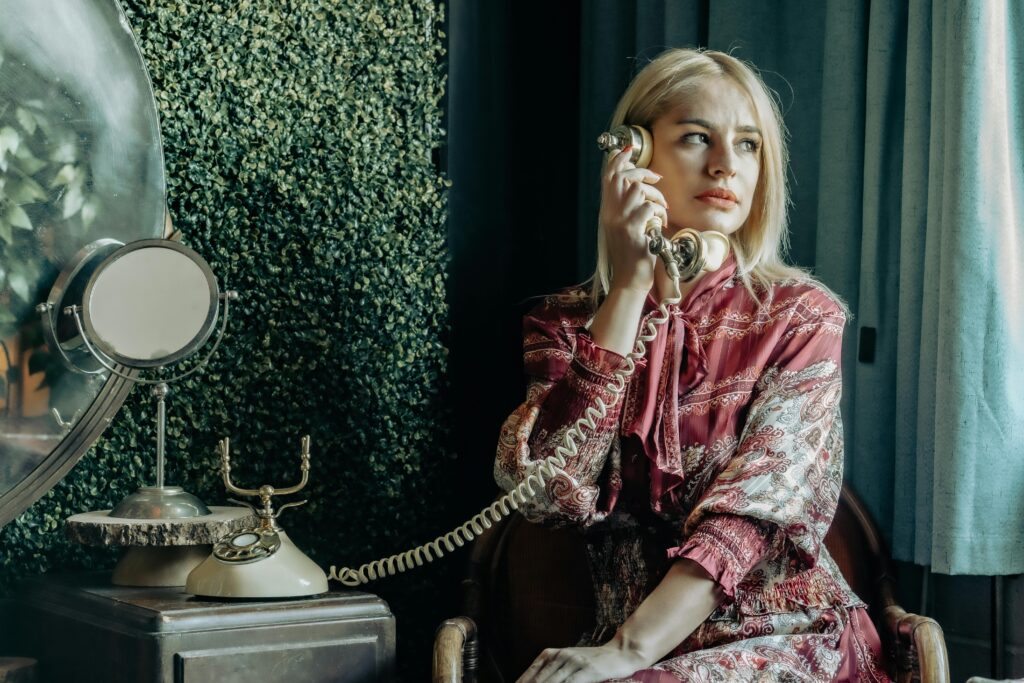Vintage fashion encompasses clothing and accessories from previous eras, typically defined as items that are at least 20 years old. It celebrates the craftsmanship, design, and aesthetic sensibilities of bygone times, offering a glimpse into the rich tapestry of fashion history. From elegant dresses of the 1920s to the bold patterns of the 1980s, vintage fashion showcases the enduring appeal of classic styles.
Evolution of Vintage Fashion Over the Decades
Vintage fashion has undergone a fascinating evolution, reflecting shifting societal norms, technological advancements, and cultural movements. Each decade has its own distinct style, influenced by various factors such as economic conditions, art movements, and political events. For example, the 1920s were characterized by the glamorous flapper look, with its dropped waistlines and intricate beading, while the 1950s saw the rise of feminine silhouettes and full skirts inspired by Dior’s New Look.
Unique Traits of Vintage Fashion
Vintage fashion is distinguished by several key characteristics that set it apart from contemporary clothing. One of its most notable features is its quality craftsmanship, with many vintage pieces hand-sewn or tailored to perfection. Additionally, vintage fashion often boasts intricate detailing, such as embroidery, lacework, and embellishments, adding a touch of elegance and sophistication.
Iconic Trends Throughout Fashion History
Throughout the decades, certain vintage styles have stood the test of time, becoming enduring symbols of fashion excellence. From the sleek minimalism of the 1960s mod movement to the rebellious spirit of punk in the 1970s. Vintage fashion’s encompasses a diverse range of iconic trends. Other notable styles include the romanticism of Victorian-inspired clothing, the androgynous chic of the 1920s, and the bold prints and colors of the 1980s.
Tips for Authenticating Vintage Pieces
Authenticating vintage pieces can sometimes be challenging, especially with the proliferation of reproductions and knock-offs in the market. However, there are several key indicators to look out for when assessing the authenticity of vintage fashion’s. These include examining the garment’s construction and materials, checking for labels or tags from the era, researching designer signatures or trademarks, and consulting reference guides or experts in the field.
Where to Find Authentic Vintage Fashion
Finding authentic vintage fashion can be a rewarding treasure hunt, with a myriad of sources available to enthusiasts. Thrift stores, flea markets, and estate sales are popular destinations for uncovering hidden gems at affordable prices. Additionally, online marketplaces and vintage boutiques offer a curated selection of vintage clothing and accessories, catering to diverse tastes and preferences.
Incorporating Vintage Pieces into Modern Wardrobe
One of the joys of vintage fashion is its versatility, allowing individuals to express their unique sense of style through timeless pieces. Whether dressing up for a special occasion or adding a retro flair to everyday ensembles, vintage fashion’s offers endless possibilities for creative expression. Pair a vintage floral dress with modern accessories for a chic juxtaposition of old and new, or layer vintage denim over contemporary basics for an effortlessly cool look.
Maintaining and Preserving Vintage Clothing
Proper care and maintenance are essential for preserving the beauty and integrity of vintage clothing. Due to their age and delicate nature, vintage pieces require special attention to ensure longevity. Avoid machine washing or drying vintage garments, as this can cause damage to delicate fabrics and embellishments. Instead, opt for gentle hand washing or dry cleaning by a professional with experience in handling vintage clothing.
Environmental Benefits of Choosing Vintage
In an era of fast fashion’s and disposable consumerism, vintage fashion offers a sustainable alternative with minimal environmental impact. By embracing pre-loved clothing and accessories, individuals can reduce their carbon footprint and support ethical practices within the fashion industry. Vintage shopping promotes recycling and upcycling, giving new life to old garments and reducing the demand for new production.
Influence of Celebrities on Vintage Fashion Trends
Celebrities have long been influential tastemakers in the world of fashion’s, with many embracing vintage style as a means of making a bold fashion’s statement. From Hollywood starlets channeling old Hollywood glamour on the red carpet to musicians infusing their onstage personas with retro flair, celebrities play a significant role in shaping vintage fashion’s trends and fueling interest in iconic styles from the past.
Starting and Growing a Vintage Fashion Collection
Building a vintage fashion collection can be a rewarding hobby for enthusiasts seeking to explore different eras and styles. Start by identifying your personal tastes and preferences, whether you’re drawn to a specific decade or a particular aesthetic. Researching designers, trends, and historical contexts can help inform your collecting journey and deepen your appreciation for vintage fashion’s. Attend vintage fairs, exhibitions, and auctions to discover rare and unique pieces, and connect with fellow collectors to share knowledge and expertise.
Conclusion
Vintage fashion continues to captivate and inspire fashion’s enthusiasts around the world with its timeless appeal and rich history. From the elegance of bygone eras to the boldness of retro trends, vintage fashion’s offers a treasure trove of sartorial delights waiting to be explored. Whether you’re a seasoned collector or a newcomer to the world of vintage, there’s something magical about wearing a piece of fashion’s history and making it your own. So why not indulge in the charm and nostalgia of vintage fashion’s today?

